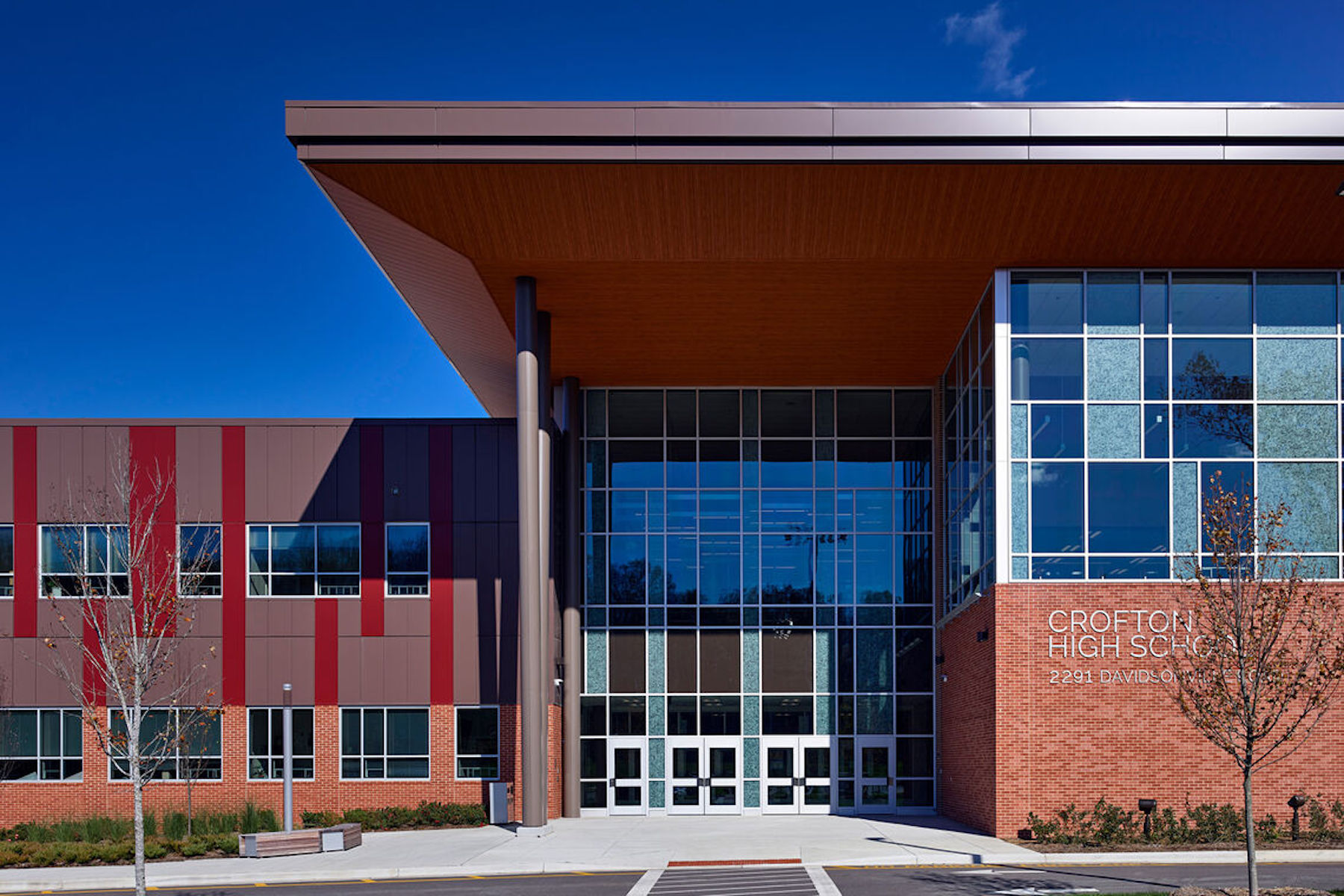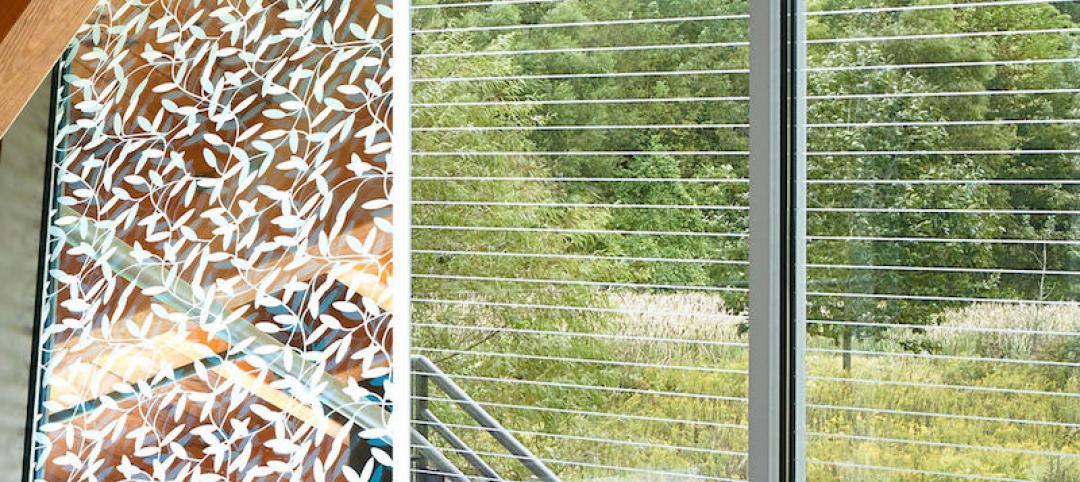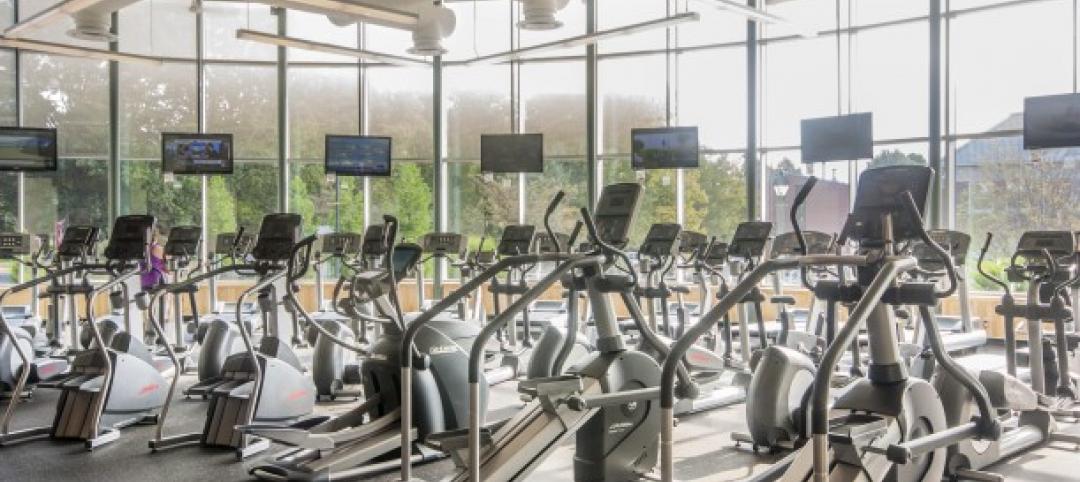At GWWO, the evaluation of the building envelope starts early in the design process. We believe that an interdisciplinary approach to design is inclusive of building systems and is essential to responsible building design. We begin by reviewing the owner’s project requirements for the building systems: envelope, mechanical, electrical, and plumbing, etc. We then discuss the integration of these systems to establish the project’s Energy Use Intensity (EUI) goal, which is a calculation of a building’s energy use as a function of its size. Early analysis is essential to properly establish these goals for building performance. Using Sefaira, a software that allows us to perform simple-box energy modeling early in design, we hone the envelope design in conjunction with the systems. We study building orientation, glazing types, location, and shading, wall types, and insulation values. These studies allow us to surpass designs that only meet code minimums and ultimately save overall project costs.
For example, at Old Mill West High School in Millersville, MD, early analysis of wall types helped the project team determine that increasing the cavity wall insulation by one inch would reduce the mechanical plant size.
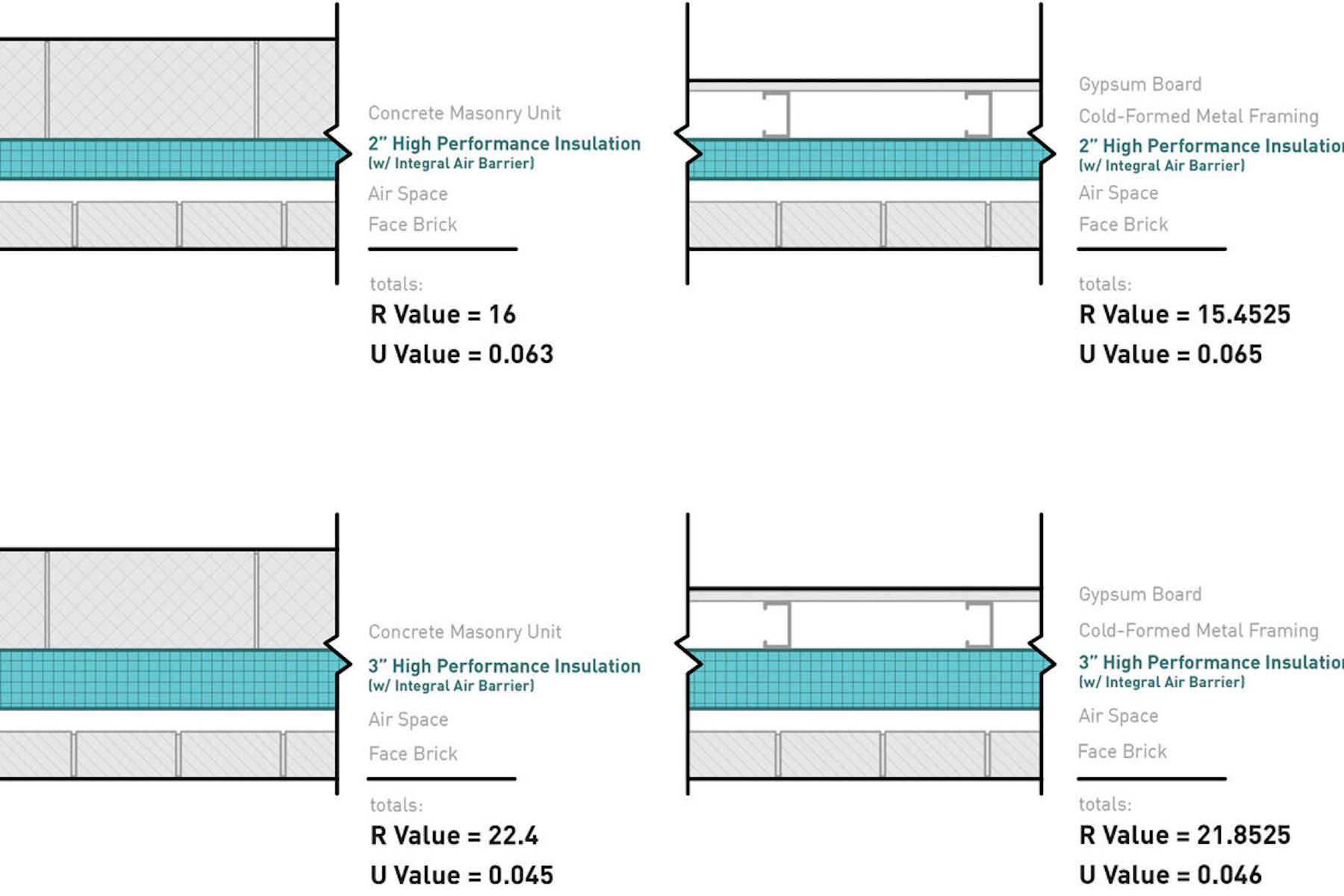
Additional early envelope studies analyzing glazing performance, window to wall ratio, and shading options for classrooms depending on orientation are impactful in evaluating the efficiency of building systems and the quality of the space for the users.
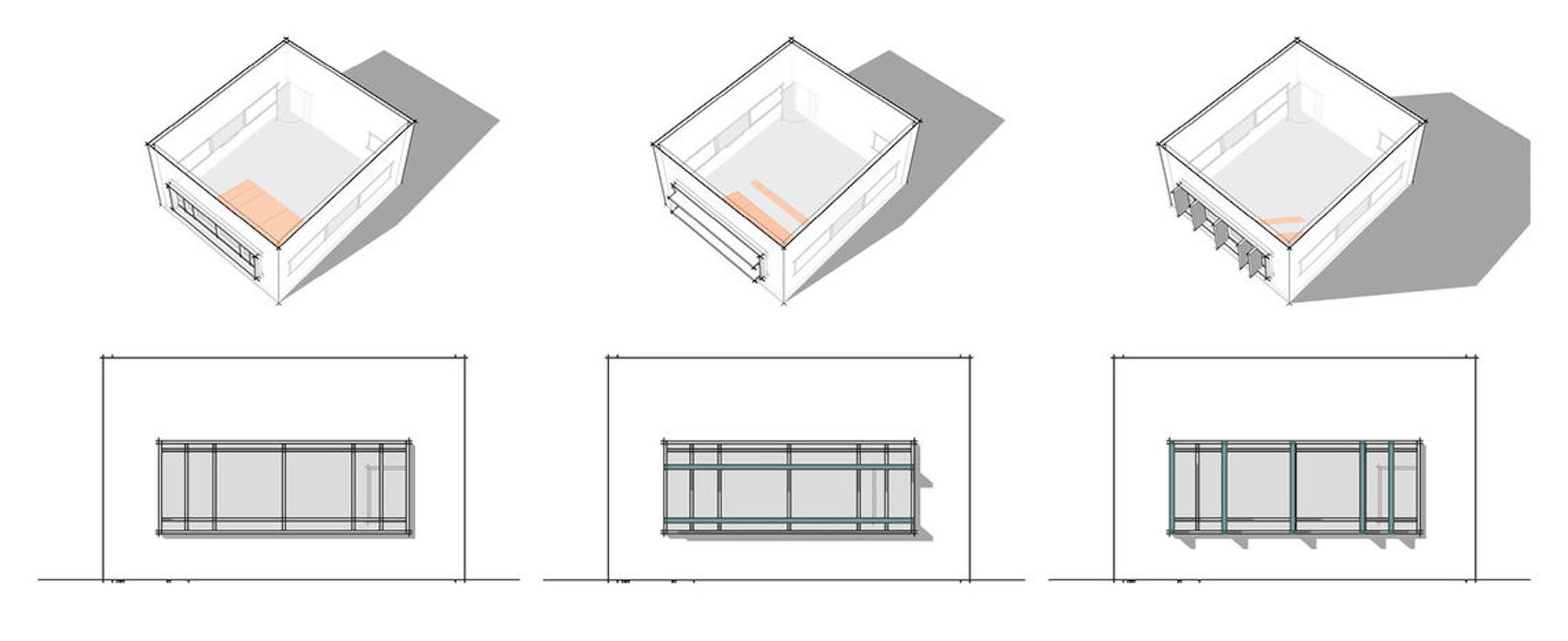
Building Envelope Commissioning (BECx) can provide an added level of quality assurance for the envelope design and construction as the design progresses. BECx is a performance-based approach that ensures the construction of the building envelope meets the design intent. A building can be detailed perfectly, but a failure during installation could affect performance for the entire life of the building. BECx typically focuses on the four major control layers: water, air, vapor, and thermal. The scope of BECx can be edited to the owner’s preferences or to meet the requirements of codes or rating systems (LEED v4 or IgCC) if being pursued. BECx usually begins during the design development phase and continues through construction. The scope of work can include reviewing details, specifications, and shop drawings; defining performance expectations; performing quality assurance site inspections; and conducting functional testing. Depending on the project requirements, the BECx can be performed by the architect, a consultant contracted by the owner, or an impartial sub-consultant on the design team.
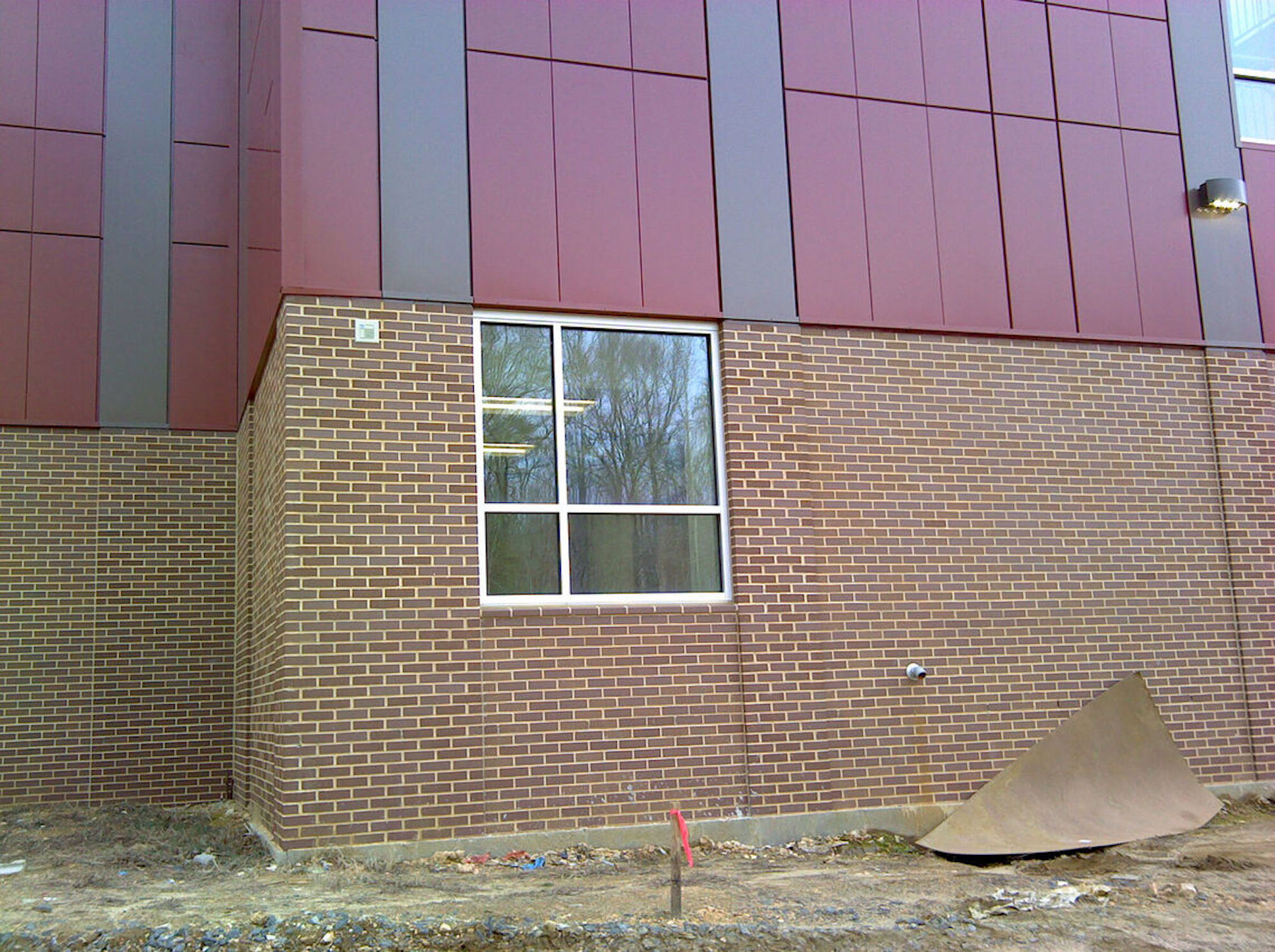
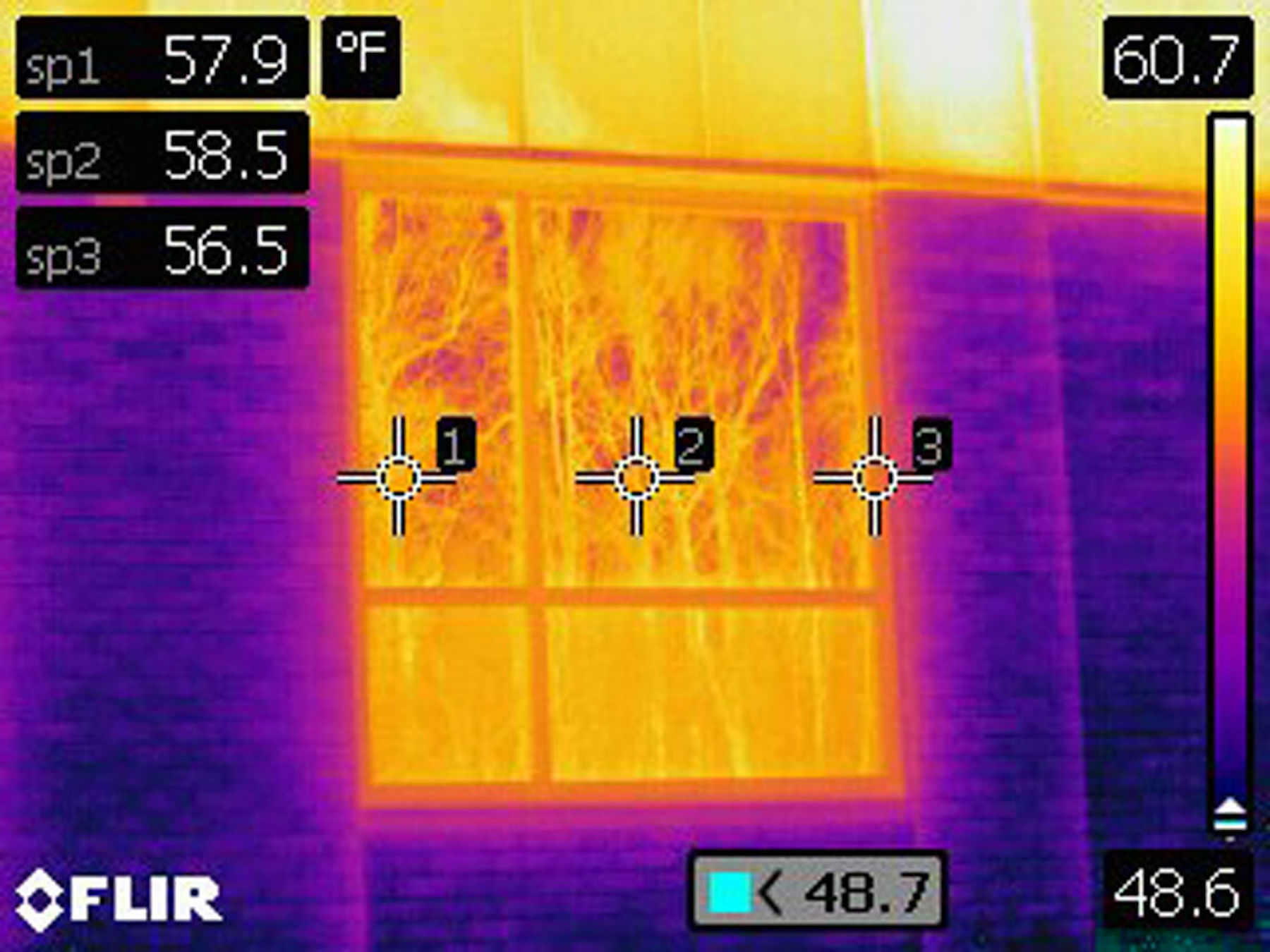
At GWWO, we have a building envelope consultant on staff, who is also a construction specialist, and serves as a staff resource for projects during design and construction. He performs envelope and specification reviews, conducts field inspections to meet our IgCC projects’ requirements, and produces educational content to maintain staff expertise in the rapidly changing world of envelope design and construction.
Successful building envelope design requires early analysis and close collaboration with the design team and the client. Small improvements can collectively impact the overall building and system performance. The integration of BECx into the project can provide added benefits to the client in both design and construction phases. This quality assurance process can assist in achieving sustainable design goals in LEED and IgCC, and limit issues caused by installation resulting in the building truly performing as designed.
More from Author
GWWO | Jan 8, 2024
Achieving an ideal visitor experience with the ADROIT approach
Alan Reed, FAIA, LEED AP, shares his strategy for crafting logical, significant visitor experiences: The ADROIT approach.
GWWO | Jan 18, 2023
Building memory: Why interpretive centers matter in an era of social change
The last few years have borne witness to some of the most rapid cultural shifts in our nation’s long history. If the experience has taught us anything, it is that we must find a way to keep our history in view, while also putting it in perspective.
GWWO | Aug 5, 2022
A time and a place: Telling American stories through architecture
As the United States enters the year 2026, it will commence celebrating a cycle of Sestercentennials, or 250th anniversaries, of historic and cultural events across the land.
GWWO | Feb 7, 2019
Designing for the birds is not just for the birds
We’ve all seen it. A dead bird laying on the sidewalk next to a building. Or, maybe we’ve heard it. The loud bang of a bird flying into your window.
GWWO | Jul 6, 2017
Achieving an ideal visitor experience: The ADROIT approach
The most meaningful experiences are created through a close collaboration between architects, landscape architects, and exhibit designers.
GWWO | Mar 1, 2017
Intuitive wayfinding: An alternate approach to signage
Intuitive wayfinding is much like navigating via waypoints—moving from point to point to point.
GWWO | Sep 6, 2016
Letting your resource take center stage: A guide to thoughtful site selection for interpretive centers
Thoughtful site selection is never about one factor, but rather a confluence of several components that ultimately present trade-offs for the owner.
GWWO | Mar 13, 2014
Do you really 'always turn right'?
The first visitor center we designed was the Ernest F. Coe Visitor Center for the Everglades National Park in 1993. I remember it well for a variety of reasons, not the least of which was the ongoing dialogue we had with our retail consultant. He insisted that the gift shop be located on the right as one exited the visitor center because people “always turn right.”
GWWO | Dec 19, 2013
Mastering the art of crowd control and visitor flow in interpretive facilities
To say that visitor facility planning and design is challenging is an understatement. There are many factors that determine the success of a facility. Unfortunately, visitor flow, the way people move and how the facility accommodates those movements, isn’t always specifically considered.
GWWO | Nov 7, 2013
Fitness center design: What do higher-ed students want?
Campus fitness centers are taking their place alongside student centers, science centers, and libraries as hallmark components of a student-life experience. Here are some tips for identifying the ideal design features for your next higher-ed fitness center project.

